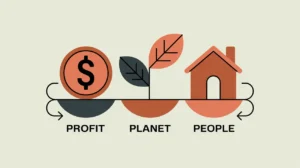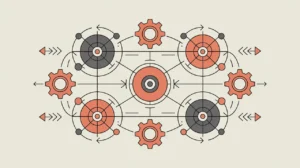Importance of Direct Service Delivery
Direct service delivery places organizations in immediate contact with the people or communities they serve. It matters because in many contexts the fastest and most visible way to meet urgent needs is through direct provision. For social innovation and development, this model ensures accountability to beneficiaries, creates opportunities for real-time feedback, and builds trust through tangible results.
Definition and Features
Direct service delivery is a model in which organizations provide goods or services directly to end users without intermediaries. Its defining features include:
- Immediate Provision – services reach beneficiaries directly from the implementing organization.
- High Accountability – results and quality are closely tied to organizational performance.
- Resource Intensity – requires significant staffing, infrastructure, and operational capacity.
- Direct Feedback Loops – enables organizations to learn quickly from user experiences.
- Scalability Challenges – expanding reach can be costly and complex.
How this Works in Practice
In practice, direct service delivery might take the form of clinics offering medical care, NGOs running schools, or food banks distributing meals. A literacy program, for example, could deliver tutoring directly to children through trained staff. Organizations often combine service delivery with monitoring systems to track reach, satisfaction, and outcomes. Challenges include high operating costs, dependency on sustained funding, and the risk of overlooking systemic issues that shape access and equity.
Implications for Social Innovation
Direct service delivery contributes to social innovation by providing immediate solutions that meet pressing needs while testing new approaches in real-world settings. For practitioners, it allows close relationships with communities and rapid learning about what works. For funders and policymakers, it offers visible results and clear accountability. Direct service delivery is both a frontline response and a laboratory for innovation. It can meet needs today while generating insights that can inform broader systems change.







